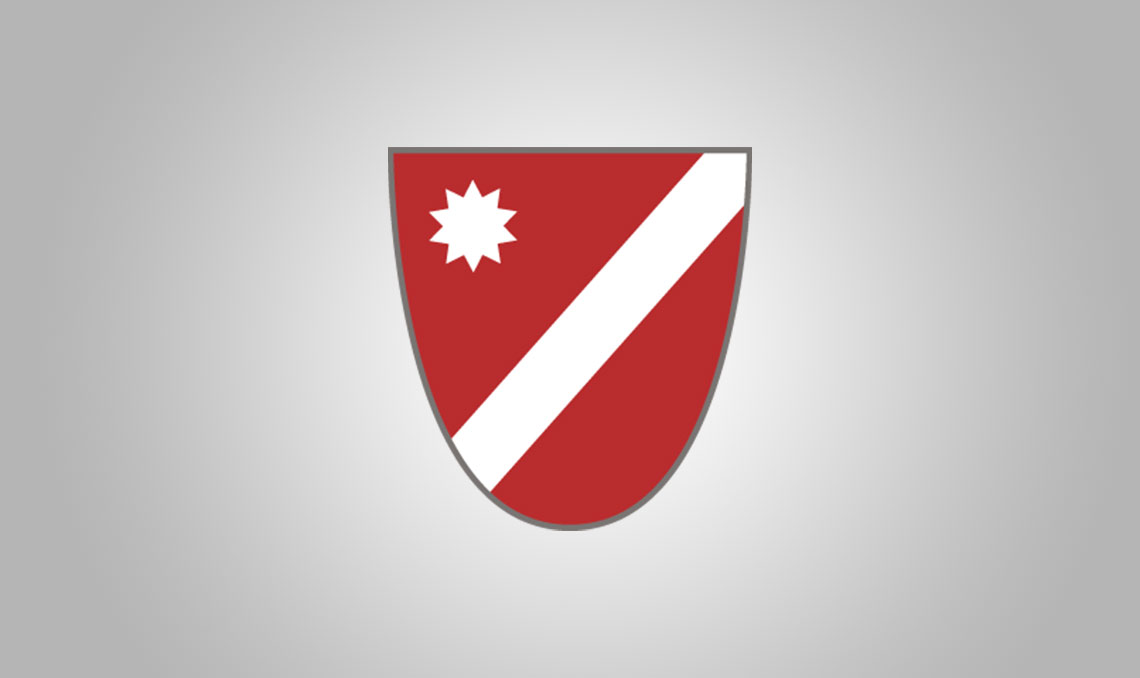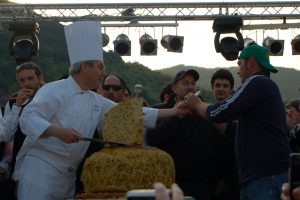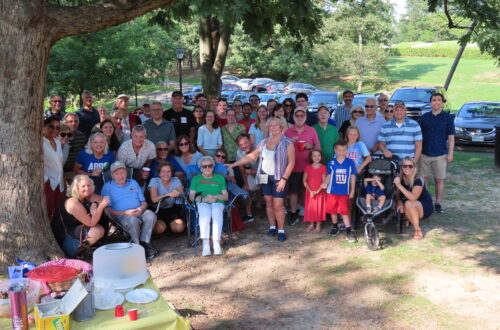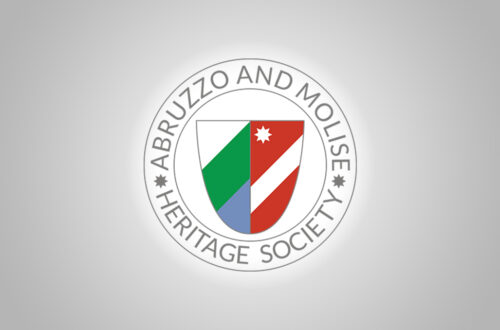
Montaquila

By Nancy DeSanti

Province of Isernia, Region of Molise
The small town of Montaquila has approximately 2,471 inhabitants, known as Montaquilani. The town is in a very picturesque position, near the Volturno River, and enjoys a splendid view of the Mainarde mountains. Montaquila rises below the hill of the same name, in the wide Volturno valley. Leaving the town, going towards the provincial capital, also called Isernia, there is a beautiful view of the “Ponte dei 25 Archi” (bridge of the 25 arches). With the Mainarde mountains as its backdrop, it has been called the doorway to the Apennines.
The origin of the town’s name is uncertain, although it seems to derive from “Montis Aquili” or “Mons Aquilus.” In the 10th century, it was included in the possessions of the monastery of San Vincenzo. Montaquila was destroyed by a fire in 1464, then rebuilt by an order from Ferdinand of Aragon. Until 1861, it belonged to the province of Terra di Lavoro, and afterwards it was joined to the province of Molise, which at that time was included in the Abruzzi region.
For nearly 40 years, on the Labor Day holiday of May 1, Montaquila hosts its Frittata Festival. A frittata is basically the Italian version of an omelet. For the festival, the egg is celebrated as one of the most important elements in cooking and in human nutrition. In the Spring, eggs are abundant, so it was logical that the tradition was started in many hill towns in the province of Isernia.
The idea for the festival was born about 40 years ago when the residents of the town wanted to raise funds for the feast of their patron saint, San Rocco. They decided to take advantage of the culinary skills of residents and use readily available ingredients. People learned to appreciate this dish and to ask for it, so that over the years it was transformed into a festival.
It became noted also for the exceptional number of eggs that make up the “mother” omelet. On the afternoon of May 1, the giant omelet is carried through the town on a cart by a procession of people dressed in folk costumes. Accompanied by folk music, the procession winds its way through town until it reaches the main square. This year the “mega omelet” will be prepared with as many as 1,501 eggs. It will be flanked by other smaller omelets including from 51 to 201 eggs which are offered by local families. In addition to the eggs, the ingredients are a combination of tasty local products that pay homage to the local culture.
There will be numerous events in connection with the festival, including concerts, hiking, horseback riding through the surrounding mountains, photo contests, and vintage car and motorcycle shows. It is a festival that has something for everyone and that focuses on promoting the local culinary and folk traditions and of course the Montaquila omelet.
The attractions of the place
Church of Santa Maria Assunta, of medieval origin, which was destroyed and then completely rebuilt in 1850
Church of San Michele, with beautiful interior frescoes
Palazzo Ducale
Dates to remember
May 1 – Frittata festival
August 16 – Feast of San Rocco, the patron saint
Sources:
https://en.wikipedia.org/wiki/Montaquila
https://www.italyheritage.com/regions/molise/province-isernia/montaquila.htm
https://dooid.it/en/montaquila-and-its-unique-festival/
Italiano

Tradotto da Ennio Di Tullio
Provincia di Isernia, Regione Molise
Il piccolo comune di Montaquila ha circa 2.471 abitanti, detti Montaquilani. Il paese è in una posizione molto pittoresca, vicino al Fiume Volturno, e gode di una splendida vista sulle montagne delle Mainarde. Montaquila sorge ai piedi del colle omonimo, nell’ampia valle del Volturno. Uscendo dal paese, andando verso la capitale provincial, anche detto Isernia, si ha una bella vista sul “Ponte dei 25 Archi”. Con le montagne delle Mainarde sullo sfondo, è stata definita la porta degli Appennini.
L’origine del toponimo è incerta, anche se sembra derivare da “Montis Aquili” o “Mons Aquilus.” Nel X secolo, fu compreso nei possedimenti del monastero di San Vincenzo. Montaquila fu distrutta da un incendio nel 1464, poi ricostruita per un ordine da Ferdinando d’Aragona. Fino al 1861, appartenne alla provincia di Terra di Lavoro, e dopo venne aggregato alla provincia del Molise, che a quel tempo compresa nella regione Abruzzi.
Da quasi 40 anni, nel giorno della festa dei lavoratori del 1 maggio, Montaquila ospita il suo Festival della Frittata. Una frittata è la versione italiana di un omelet. Per la festa, l’uovo viene celebrato come uno degli elementi più importanti nella cucina e nell’alimentazione umana. In la primavera, le uova abbondano, quindi era logico che la tradizione fosse iniziata in molti paesi collinari della provincia di Isernia.
L’idea della festa nasce circa 40 anni fa quando gli abitanti del paese vollero raccogliere fondi per la festa del loro santo patrono, San Rocco. Hanno deciso di sfruttare le abilità culinarie dei residenti e di utilizzare ingredienti facilmente reperibili. La gente imparò ad apprezzare questo piatto e a richiederlo, tanto che negli anni si trasformò in una festa.
È diventata nota anche per l’eccezionale numero di uova che compongono la frittata “madre.” Nel pomeriggio del 1° Maggio, la frittata gigante viene portata per il paese su un carro da un corteo di gente vestita con costumi popolari. Accompagnato da musiche popolari, il corteo si snoda attraverso il paese fino a raggiungere la piazza principale. Quest’anno la “mega frittata” sarà preparata con ben 1.501 uova. Ad essa se ne affiancheranno altre più piccole, da 51 a 201 uova, che sono offerte dalle famiglie locali. Oltre alle uova, gli ingredienti sono un connubio di gustosi prodotti locali che rendono omaggio alla cultura locale.
Numerosi saranno gli eventi legati al festival, includendo concerti, escursioni, passeggiate a cavallo tra le montagne circostanti, concorsi fotografici, e mostre di auto e moto d’epoca. È una festa che ha una cosa per tutti e che punta a promuovere le tradizioni culinarie e popolari locali e ovviamente la frittata di Montaquila.
Le attrazioni del luogo:
- Chiesa di Santa Maria Assunta, di origine medievale, che fu distrutta e poi completamente ricostruita nel 1850
- Chiesa di San Michele, con bellissimi affreschi interni
- Palazzo Ducale
Date di ricordare
- 1 maggio – Sagra della frittata
- 16 agosto – Festa di San Rocco, santo patrono





